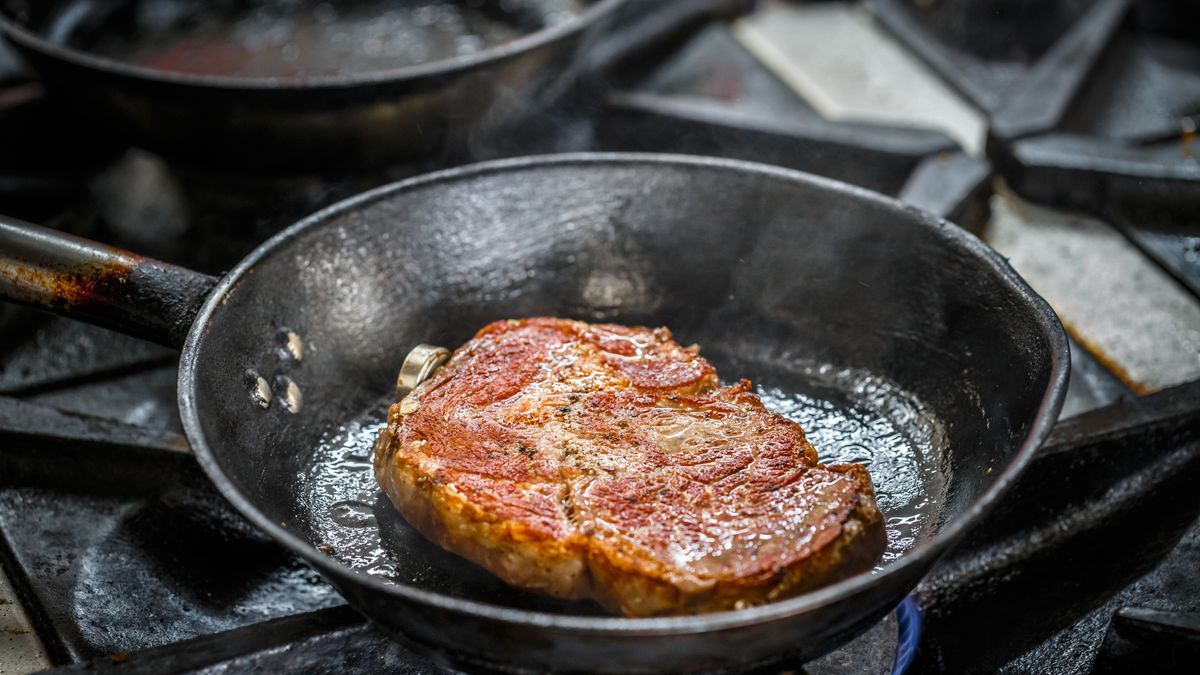Welcome to an in-depth guide on pot vs pan vs skillet. Whether you are new to the kitchen or a seasoned professional, knowing the differences among these essential cookware items is crucial. Navigating through the assortment of pots, pans, and skillets can be daunting, but this comprehensive guide will make it easier for you to understand and make the right choice.

Introduction to Cookware
In every kitchen, cookware forms the backbone of meal preparation. The right cookware not only makes cooking easier but also impacts the flavor and presentation of the dish. Let’s begin with understanding each type.

What is a Pot?
General Characteristics of Pots
A pot is a round, deep container typically used to simmer, boil, braise, or make soups and stews. Its tall sides and lid help in containing moisture and flavors.
Types of Pots
- Stockpot
- Saucepot
- Dutch Oven
Best Practices for Using Pots
Using a pot generally requires low to medium heat to ensure even cooking. Check out this guide for more information on cooking techniques.

What is a Pan?
General Characteristics of Pans
A pan is a flat-bottomed and shallow piece of cookware often used for frying, searing, and browning foods. It typically has straight or slightly sloping sides.
Types of Pans
- Frying Pan
- Saut Pan
- Grill Pan
Best Practices for Using Pans
The high heat tolerance of pans makes them ideal for quick cooking methods. Learn more about skillet vs pan from this article.
What is a Skillet?
General Characteristics of Skillets
A skillet is similar to a pan but usually deeper and sometimes comes with a lid. It’s versatile and perfect for a wide range of cooking tasks.
Types of Skillets
- Cast Iron Skillet
- Non-stick Skillet
- Electric Skillet
Best Practices for Using Skillets
Skillets are best used for methods like frying and sauting. Learn how to grill chicken on a cast iron skillet here.
Differences in Materials
Various materials are used for making pots, pans, and skillets. Each material has its characteristics, impacts cooking results, and requires different care techniques.
- Stainless Steel
- Cast Iron
- Copper
- Non-stick Coatings
Stainless Steel vs Cast Iron
Stainless steel is durable and resistant to corrosion, while cast iron ensures even heat distribution but needs proper seasoning and maintenance. Detailed information on cast iron cleaning can be found here.
When to Use Each Cookware
Understanding when to use each type of cookware is essential to achieving the best results in your culinary endeavors.
- Use pots for slow-cooking and soups.
- Use pans for frying and searing.
- Use skillets for sauting and versatile tasks.
Professional Tips
For kitchen professionals, efficiency and consistency are key. Here are some expert tips:
- Always preheat your cookware before adding ingredients.
- Use the right tool for the right task.
- Maintain your cookware to prolong its life.
Common Misconceptions
Many people use these terms interchangeably, but each serves a unique function in the kitchen, and knowing the differences can significantly improve your cooking experience.
FAQs
1. What is the primary use of a pot?
A pot is mainly used for boiling, simmering, and slow cooking.
2. Can a skillet be used like a pan?
Yes, a skillet can be used like a pan, but it is better suited for tasks that require more depth.
3. What material is best for a skillet?
Cast iron is ideal for a skillet due to its even heating properties and versatility. Here is a guide on how to season a cast iron skillet properly.
Conclusion
Choosing the right cookware can make a tremendous difference in your cooking. Whether it’s a pot, pan, or skillet, each has its unique advantages. Knowing their characteristics and best practices will help you become more efficient and effective in the kitchen. For more information on cast iron skillets, check this guide.
As an Amazon Associate, I earn from qualifying purchases.
